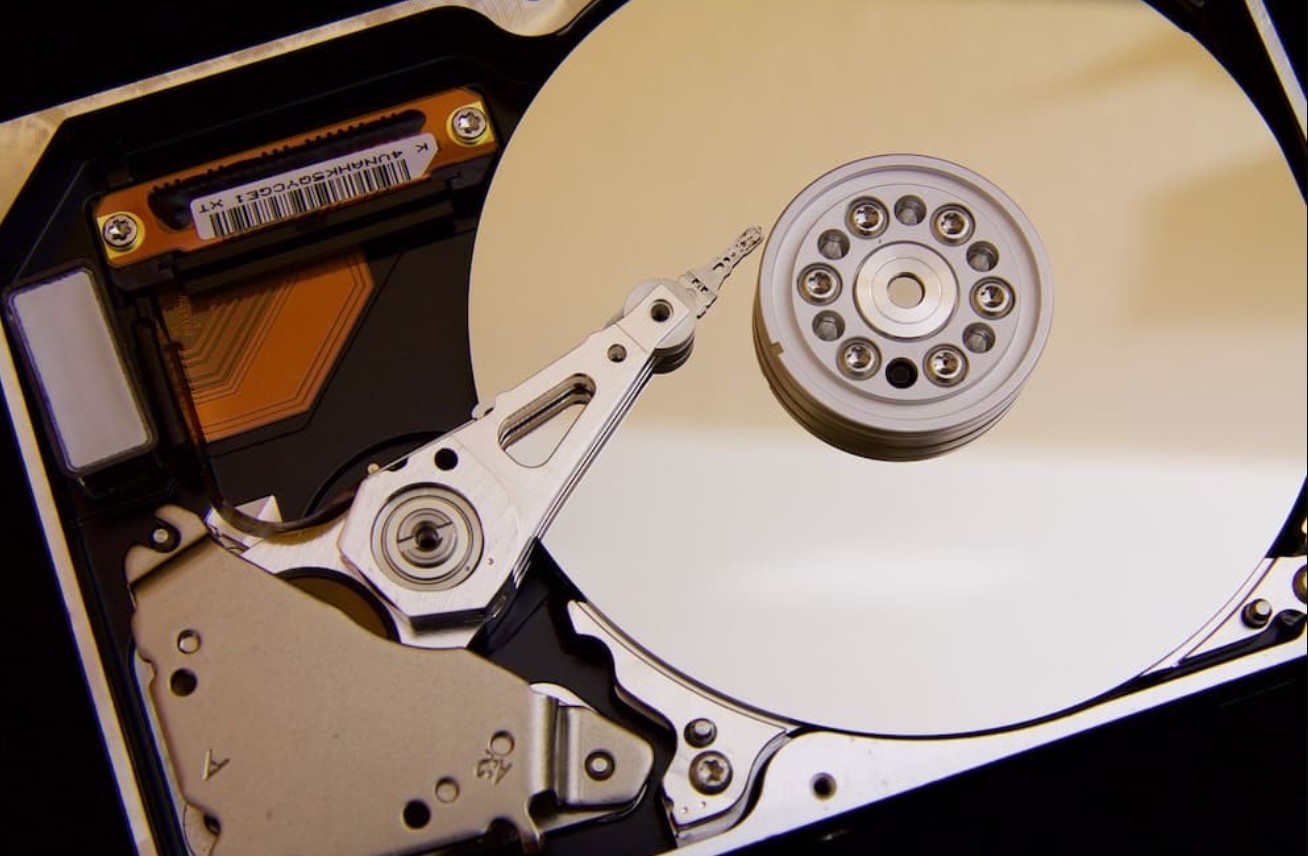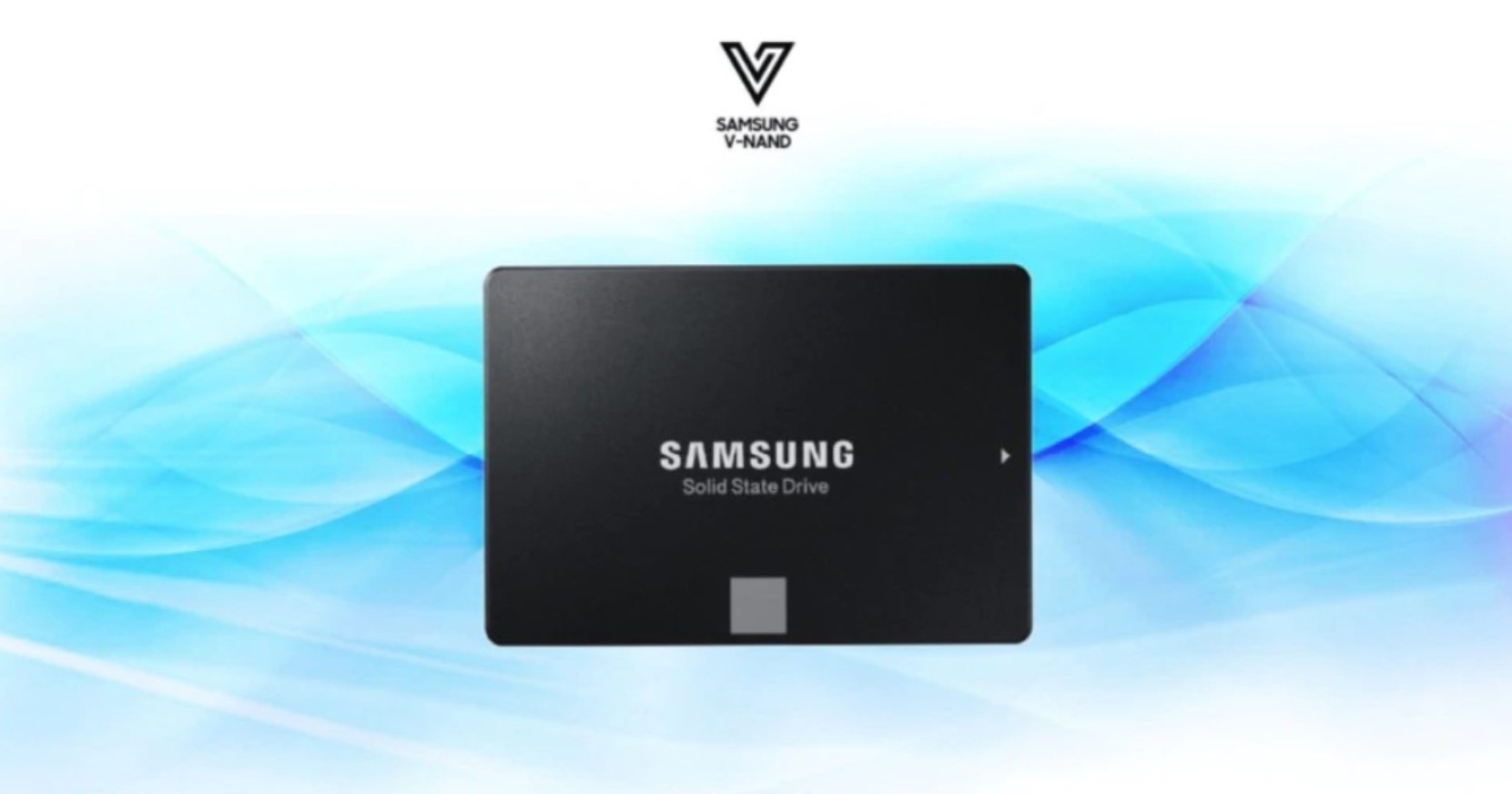
The amount of storage a computer includes is the main factor determining how much information it can store. If you are considering buying a new computer, you may have been seduced by the options with more GB. And that’s fine, especially if you intend to save a large number of data. However, there is another aspect that you should take into account. We refer to the type of storage.
If we talk about storage types, it is normal to find equipment that comes with HDD or SSD. To a lesser extent, some incorporate M.2 NVME as a storage system. In this article, we tell you how each of them works, their differences, and in which cases you should choose one or the other.
WHAT IS AN HDD (HARD DRIVE DISK)?

HDD stands for Hard Drive Disk. In Spanish, we usually refer to this type of storage as a hard drive. HDDs are designed to store digital files permanently, not temporarily, as with other devices such as RAM. Therefore, they save operating system files, installed programs, and user documents. Even when you stop receiving electricity, all that information is maintained.
The first HDD was commercialized in 1956 by the IBM company. At that time, this type of storage coexisted with flexible disks or floppy disks. One of the differences between the two was the hardness of the construction. The term “hard drive” was an apt way of differentiating them.
HOW DOES AN HDD WORK?
A hard drive comprises one or more vertically arranged platters and magnetic heads. To represent the digits 1 and 0, sequential changes in the direction of magnetization are used. Thanks to a coding and decoding system, the data available on the platters is written and read. Depending on the model, the latter must rotate at high speed. In the case of HDDs developed for servers, the platters can reach 15,000 rpm.
It is interesting to know that the dishes are not made of a magnetic material. Rather, an aluminum alloy or glass is used. To provide them with magnetism, they are covered with a thin layer of magnetic material with a thickness that does not exceed 20 nm. On the other hand, you should know that the heads do not touch the cymbals while they rotate, although it is true that the distance between the two elements has been reduced over time.
WHAT IS AN SSD (SOLID STATE DRIVE)?

An SSD is a permanent storage device that uses solid-state electronic components. It is a much faster alternative to traditional hard drives and was originally used to house operating system files and swap spaces. Although it may seem that it is a recent technology, the truth is that the original concept began to be used in the year 1950. It was not until 1980 when Doctor Fujio Masuoka, an employee at the time of Toshiba, released an SSD based on Flash.
Over time, the first models of solid-state drives based on this technology appeared. For example, in 1999, the BiTMICRO company released 18 GB drives with a size of 3.5 inches. In the following years, specialized companies took it upon themselves to refine SSDs to make them the fastest storage option. Similarly, its capacity, historically below HDDs, has also increased considerably.
HOW DOES AN SSD WORK?
An SSD has several components that allow it to receive, store, and send information. First of all, they require a chip very similar to the SoC. Therefore, they have a processor and a small temporary memory that acts as a cache. Storage is handled by NAND modules linked together by a controller. NAND chips are installed in parallel to increase drive performance.
SSDs retain the dimensions of mechanical hard drives to follow the standard. Of course, they require much less space as they do not require moving physical elements. On the other hand, flash memories are also used in pens and cards to store data externally.
WHAT IS AN M.2 NVME?
In addition to HDDs and SSDs, finding M.2 NVME memories is increasingly common. The reality is that it is not a new system. Rather, it is a protocol for data transmission and access on flash drives, that is, SSDs. The difference with its predecessors is that it can offer much higher performance.
HOW DOES AN M.2 NVME WORK?
A substantial difference between the SSDs we know so far and the new SSDs with NVME protocol is that they are connected through the PCI Express bus on the motherboard. It supports tens of thousands of parallel command queues. Therefore, the M.2 NVME allows reading and writing data faster than SSDs with traditional architectures. However, the operation is the same as the solid-state disks discussed in the previous section.
WHICH IS BETTER? HDD, SSD, OR M.2 NVME?
Depending on your needs, you should opt for one type of storage or another. HDDs offer worse performance, although it is normal that they have greater capacity and are cheaper. Therefore, the HDD can become your ally if you intend to save many files on your computer, but your budget is tight. However, the most common in this type of equipment is that the hard drive slows down performance.
SSDs are highly recommended when it comes to achieving fast and snappy performance. Some SSDs are faster than others, but in most cases, they offer better performance than HDDs. If you are going to play with your computer, this is the winning option. And if you are demanding a lot from your computer, consider purchasing a drive that uses the NVME protocol.

I am a writer with eight years of experience writing in business and technology. I always carry a passion for learning and discovering new knowledge.

